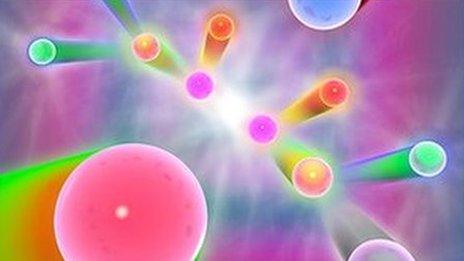New particle hopes fade as LHC data 'bump' disappears
- Published
Disappointment: Cern's Dr Marco Delmastro speaks to Horizon on BBC2
Hopes for the imminent discovery of a particle that might fundamentally change our understanding of the Universe have been put on hold.
Results from the Large Hadron Collider show that a "bump" in the machine's data, previously rumoured to represent a new particle, has gone away.
The discovery of new particles, which could trigger a paradigm shift in physics, may still be years away.
All the latest LHC results are being discussed at a conference in Chicago.
David Charlton of Birmingham University, leader of the Atlas experiment at the LHC, told BBC News that everyone working on the project was disappointed.
"There was a lot of excitement when we started to collect data. But in the [latest results] we see no sign of a bump, there's nothing.
"It is a pity because it would have been a really fantastic thing if there had been a new particle."
Speaking to journalists in Chicago at the International Conference on High Energy Physics (ICHEP, external), Prof Charlton said it was a remarkable coincidence - but purely a coincidence - that two separate LHC detectors, Atlas and CMS, picked up matching "bumps".
"It just seems to be a statistical fluke, that the two experiments saw something at the same mass.
"Coincidences are always strange when they happen - but we've been looking very hard at our data to make sure we fully understand them, and we don't see anything in the new sample."
'New Physics Island'
Prof Fabiola Gianotti, director general of Cern, which runs the LHC, said her team was "just at the beginning" of a journey and emphasised the collider's technical success.
"The superb performance of the LHC accelerator, experiments and computing bode extremely well for a detailed and comprehensive exploration of the [new] energy scale, and significant progress in our understanding of fundamental physics," she said.
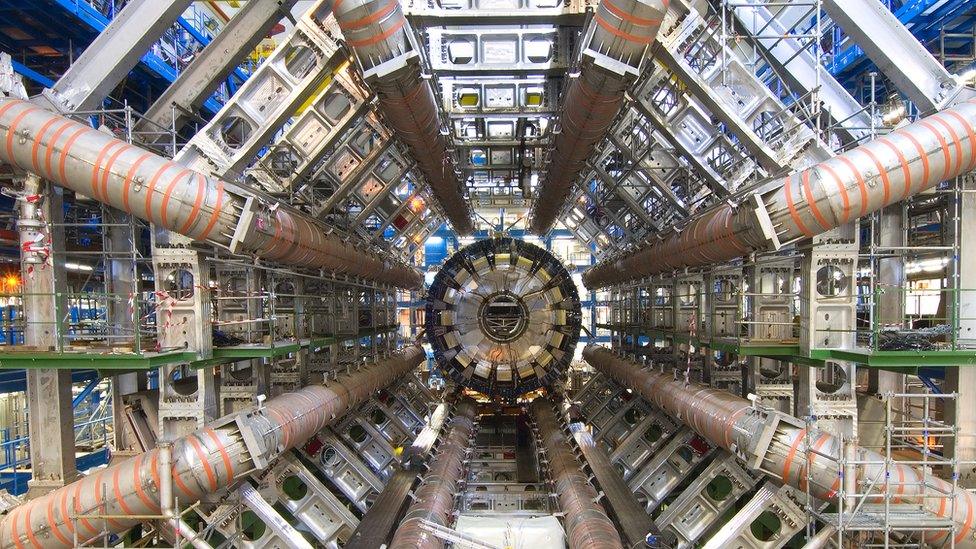
The LHC's Atlas detector was one of two experiments that got a hint of a new particle
Prof Jon Butterworth from University College London, who also works on the Atlas experiment, said that he and his fellow researchers will now have to work a lot harder to discover a family of new particles that they believe must be out there.
"If you imagine we have landed on a new island of physics and we are scanning the landscape - if we don't see anything this year, it means that there are no amazing new civilisations with huge cities; there are no spectacular volcanoes there that we see with our first flyby.
"But it doesn't mean that there is not something hiding in the undergrowth that we will find later. It just means that we will have to do that slowly and carefully and really have to do our job over the next months and years."
iWonder: What will the LHC discover next?
LHC: The quest to 'break physics'
Scientists at the LHC discovered the Higgs Boson four years ago. That particle was a long-standing prediction of the current theory of subatomic physics - the Standard Model.
Their aim since then has been to search for evidence of phenomena beyond that model.
The Standard Model elegantly explains how particles combine and interact to create the world around us. It also explains how the forces of nature such as electricity and magnetism work, as well as how nuclear forces operate to hold atoms together.
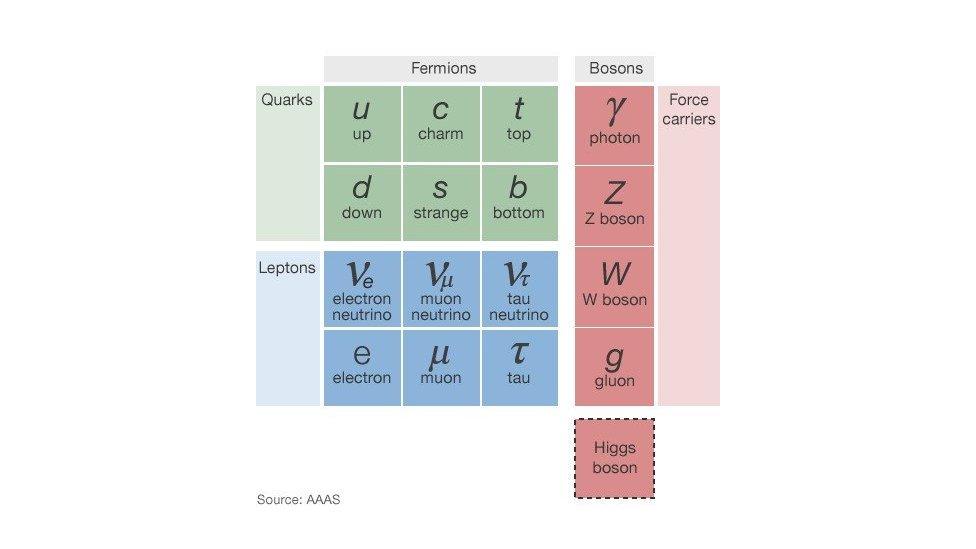
These elementary particles make up the world around us, according to the Standard Model
But for all its successes, physicists now know that the model explains a tiny corner of our existence - just 4% of the Universe.
It does not explain how gravity works, and it does not cover dark matter - the mysterious substance that accounts for more than a quarter of the Universe. It also fails to explain dark energy, which accounts for some two-thirds of the Universe.
Seeking a revolution
The LHC was built to explore those unknowns and search for new physics, in the hope of developing theories that would explain how the bulk of the Universe works. Any such discovery would herald the biggest revolution in physics for a hundred years.
Hints of a new particle last December - from CMS and Atlas, two of the main detectors at the LHC - generated huge excitement in the particle physics community.
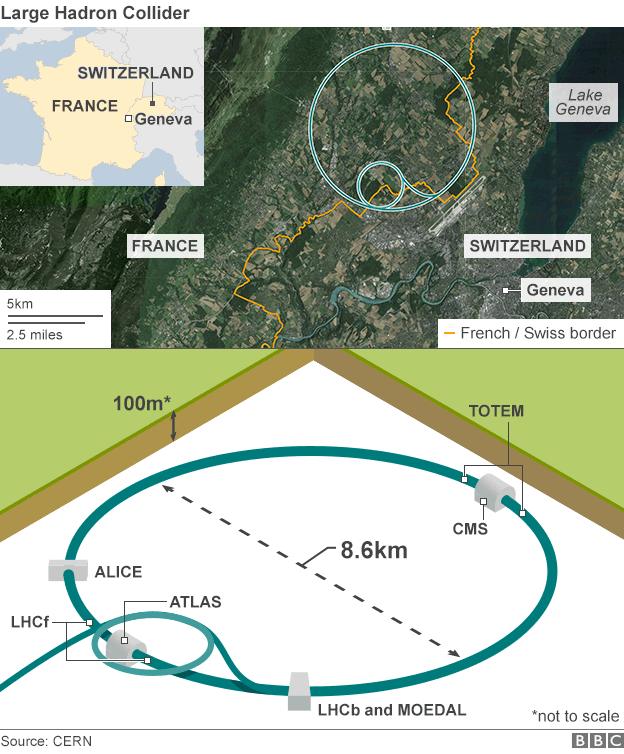
There was a "bump" in the data which could have been a statistical fluke - but it just might have been the first evidence of the new physics researchers had been waiting for.
Earlier this year, the revamped LHC finally reached its full operating potential and was set to collect data from collisions at an unprecedented rate.
Thousands of scientists at Cern were hoping that they might be on the verge of one of the all-time biggest discoveries in science - even bigger than the Higgs.
But despite knocking on the portal to a new realm of physics harder than they had ever knocked before, they found that the door was still firmly shut.
The experiment wore on and the bump disappeared. Irregularities like this come and go in particle physics, so it didn't come as a huge surprise to the scientists, but there was obvious disappointment.

Inside Cern
As well as having analytical minds, these physicists naturally also have passionate, beating hearts. Their disappointment was palpable according to Thomas Hewitson, an assistant producer for BBC2's Horizon programme.
Thomas and his colleagues filmed the LHC researchers during those tantalising few months.
"When we first visited in May there was a real buzz about the 'bump'," he said.
"They're scientists, so they knew it was too early to pop the champagne, but even the most cautious among them went giddy when they allowed themselves to imagine a brand new particle. They hoped they were re-writing the textbooks.
"So when they saw that the bump had gone... they looked devastated. They are good experimentalists, and so they had always said it might be nothing. But they're only human, and the disappointment was obvious."
Dr Livia Soffi speaks to Horizon about the initial "bump"

So how long before the LHC discovers new physics? According to Prof Charlton, if scientists don't see something soon, they may have to settle in for the long haul.
"If we don't see new particles this year we may need to run for quite some more years to get significant observations of new particles," he told BBC News.
In that event, the team will have to look for more subtle indications than an obvious bump in the data - which, Prof Charlton said, was "almost too good to have been true".
"Most of the models for new physics predict rather more complex things. It is not likely to be that easy and we'll have to look for more complex signatures then it can take a lot longer".
If new particles will be hard to find, then one popular theory called supersymmetry looks to be in trouble. The idea, cherished by many theoretical physicists, is that the new particles the LHC has yet to discover are heavier, "super" versions of the ones we know about.
In search of new physics
According to Prof Butterworth, it's a theory that refuses to die.
"I hate to describe it as a 'zombie theory' but it is never going to be absolutely ruled out. But every time we look and we don't find any obvious sign of it then it becomes a little less plausible."
Another possibility is that the existing Standard Model might have more life in it, he added.
"The theoretical arguments to say that it does not work [in the realm of new physics] might be flawed and we might have more to understand just from the Standard Model."
The LHC has taken physicists into a new territory and a paradigm shift in our thinking is still very much in the offing. But it is going to take a little longer than many had hoped.
Follow Pallab on Twitter, external
Inside Cern, a Horizon special programme tracking the search for the new particle will be broadcast on BBC2 at 20:00 on Wednesday 10 August.
- Published5 July 2016

- Published29 April 2016
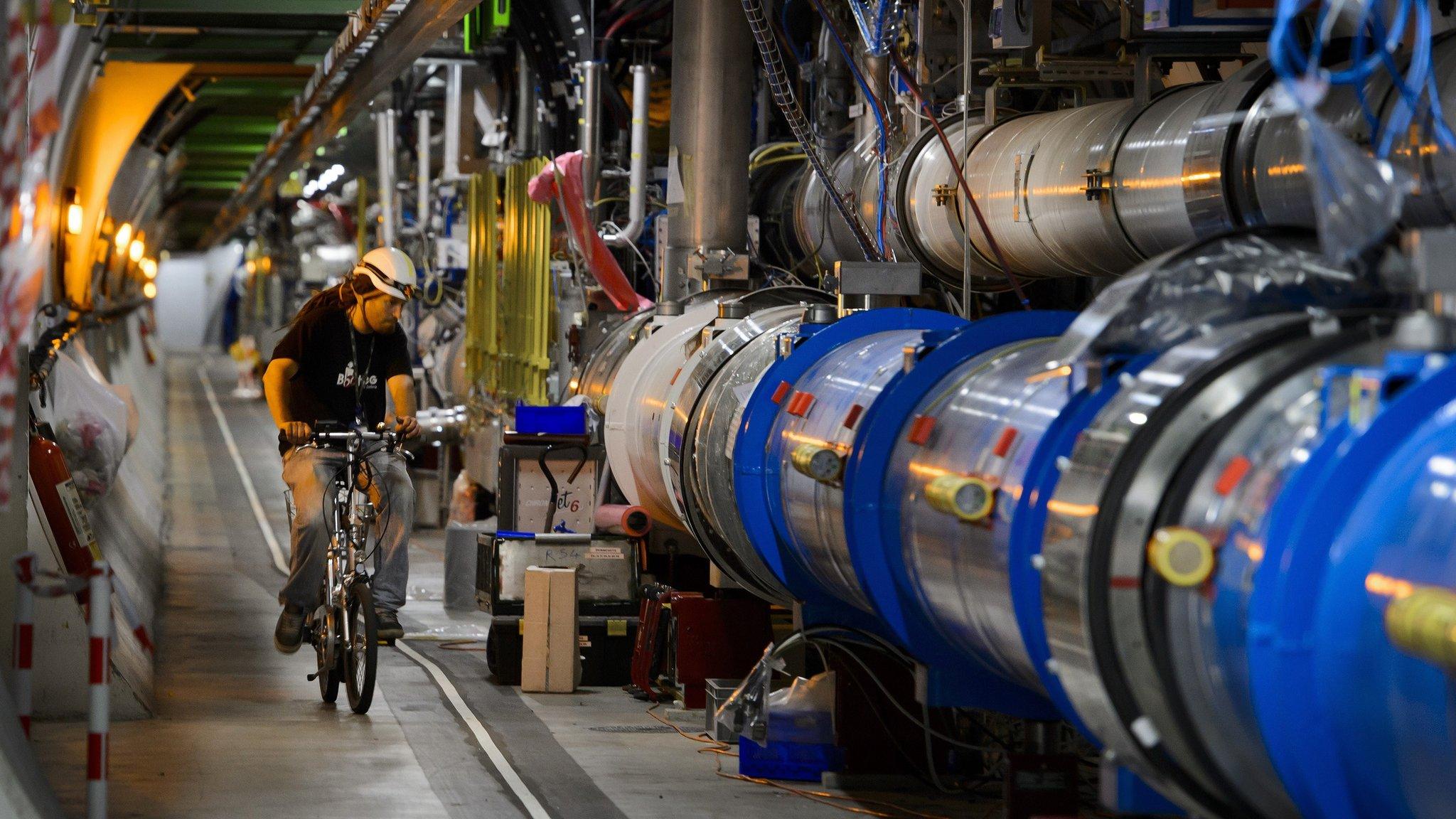
- Published5 April 2015
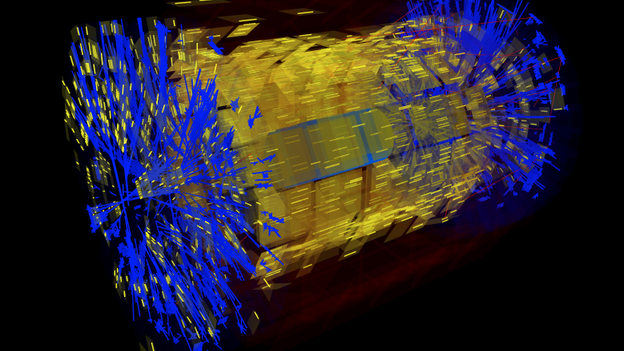
- Published5 April 2015
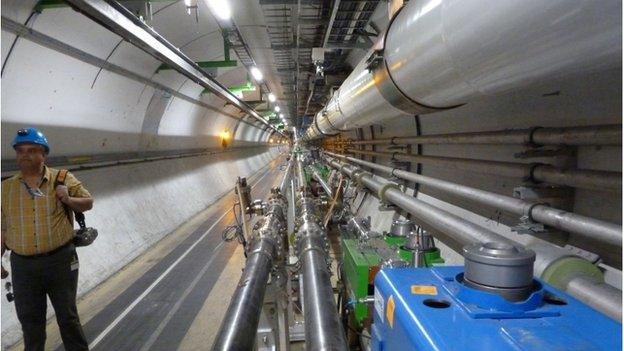
- Published5 March 2015
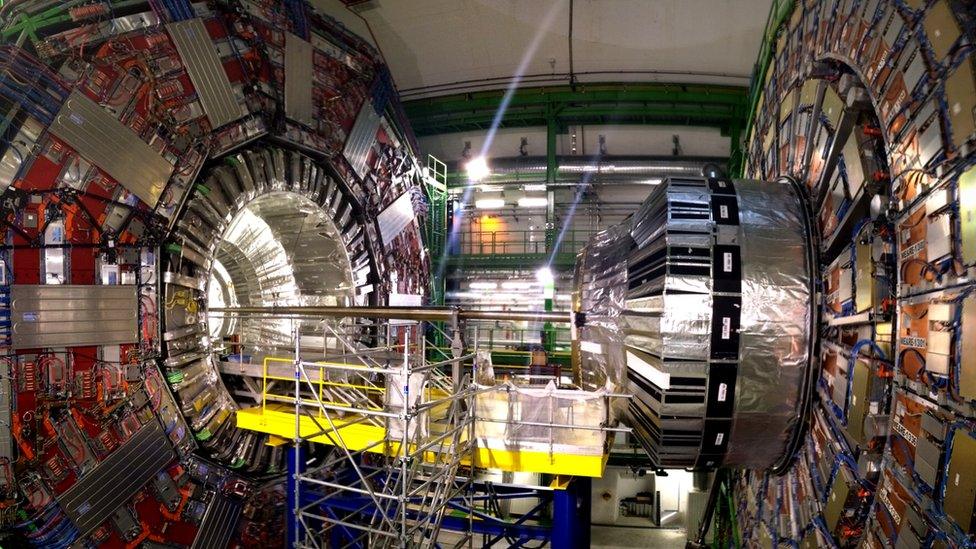
- Published12 November 2012
